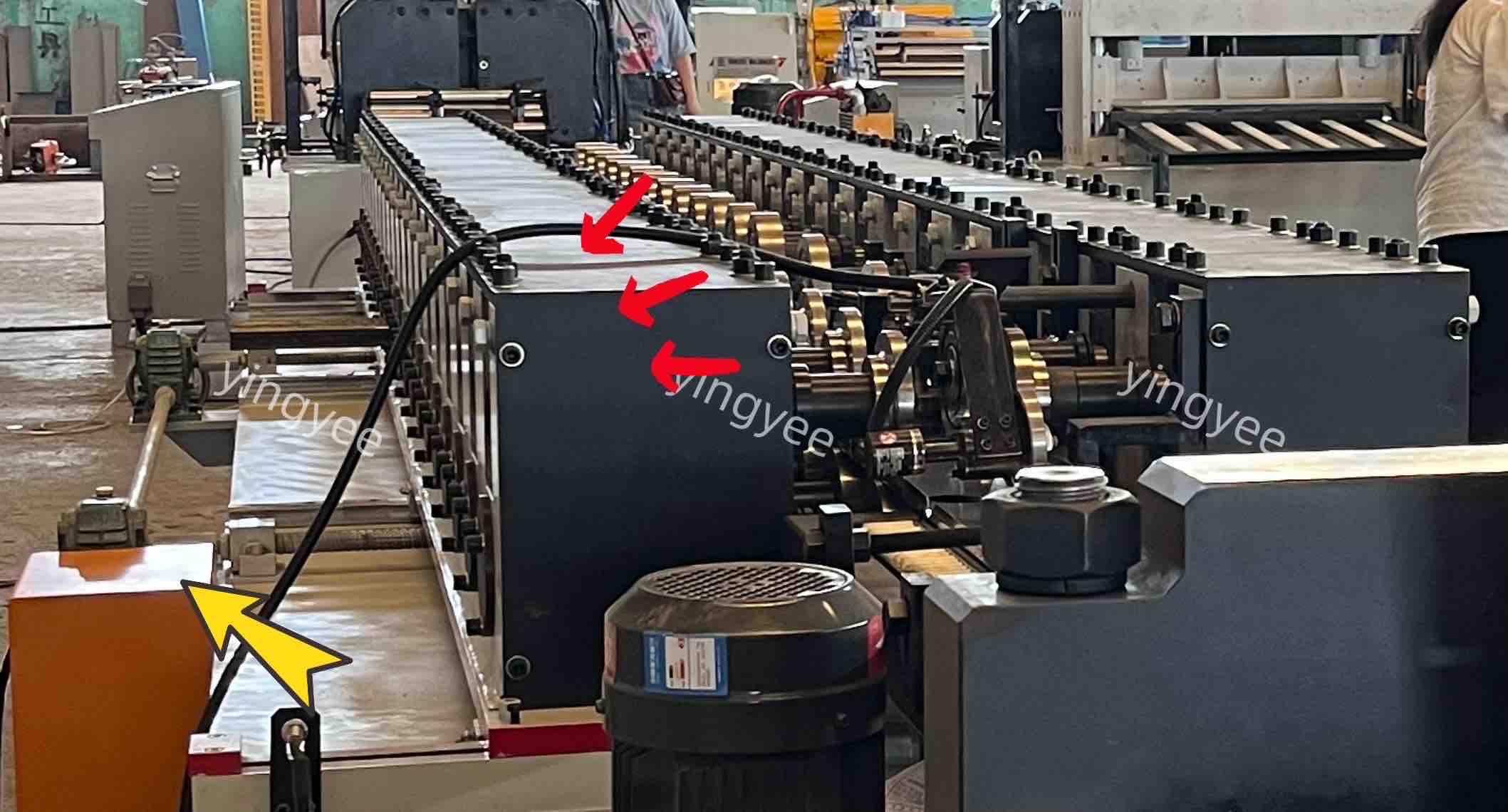
Metal Stud Roll Forming Machine Achieving Consistent Length and No Twist
In the realm of modern construction and manufacturing, precision and efficiency are of paramount importance. One piece of equipment that has revolutionized the way metal studs are produced is the metal stud roll forming machine. This machinery is engineered to create metal studs with remarkable consistency in length and quality, ensuring that the final product meets the stringent demands of both builders and architects.
Understanding Roll Forming Technology
Roll forming is a continuous bending operation in which a long strip of metal, typically steel, is passed through a series of rollers. Each roller progressively shapes the metal, producing a desired profile. This technique is highly efficient for producing large quantities of uniform sections and is particularly ideal for manufacturing metal studs used in framing systems. The roll forming machine can automate the process, thus significantly increasing production speed while reducing labor costs.
Key Benefits of Metal Stud Roll Forming Machines
1. Precision Engineering The primary advantage of using metal stud roll forming machines is their ability to produce sections that are consistently uniform. By precisely controlling the parameters of the machine, manufacturers can achieve accurate dimensions for each metal stud, regardless of the production run size. This level of precision is critical in construction, where even minor discrepancies can lead to structural problems.

2. Consistency in Length Achieving consistent length is one of the core focuses of modern roll forming machines. These machines are equipped with advanced technology that allows for accurate length adjustments. Manufacturers can set specific lengths for the metal studs, and the machine will produce each piece to the exact specifications without variation. This capability not only reduces waste but also streamlines the assembly process on construction sites.
3. No Twist Technology A significant issue that can arise during the manufacturing of metal studs is twisting. Twisted studs can lead to problems in the installation process, affecting the overall structural integrity of a building. Advanced metal stud roll forming machines are designed to produce studs with no twist, ensuring that each piece maintains its intended shape and function. This feature is achieved through meticulously engineered tooling and consistent feed processes that prevent deformation during production.
4. Versatility Metal stud roll forming machines can be adapted to produce various profiles and sizes, making them an incredibly versatile tool in any manufacturing facility. Whether a company requires standard sizes for typical construction projects or custom dimensions for unique architectural designs, these machines can accommodate those needs with relative ease. This adaptability allows manufacturers to cater to a broader range of projects and clients.
5. Cost-Effective Production By automating the roll forming process and ensuring high precision, manufacturers can significantly reduce production costs. The speed and efficiency of these machines lead to higher output rates, enabling companies to fulfill large orders quickly. Additionally, the reduction in material waste due to consistent lengths and profiles contributes to overall cost savings.
Conclusion
In conclusion, the metal stud roll forming machine represents a significant advancement in the manufacturing capabilities within the construction industry. Its ability to produce metal studs with consistent lengths and no twist not only enhances product quality but also streamlines the construction process. As the demand for high-quality, durable building materials continues to grow, the role of roll forming technology becomes increasingly vital. Manufacturers who invest in these machines are better positioned to meet the evolving needs of the industry while ensuring that they deliver products that adhere to the highest standards of quality and precision. By embracing these advancements, builders and architects alike can aim for structures that are not only aesthetically pleasing but also resilient and reliable.